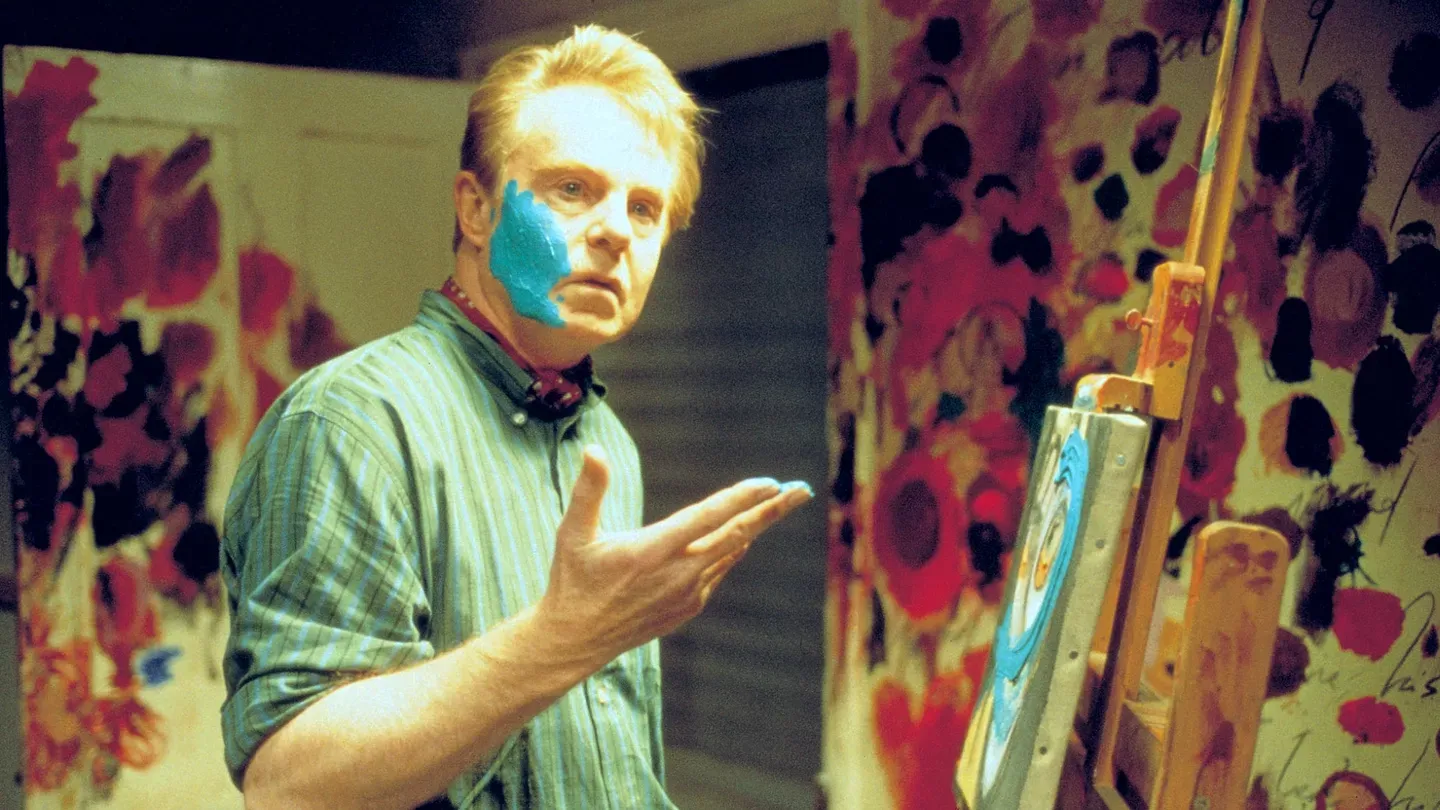THE BEAST IN ME

Having recently watched the Francis Bacon biopic Love is the Devil (1998), I was greatly impressed by Derek Jacobi's wonderfully bitchy performance as the artist, which captured the fine line between an affected persona and a genuine personality and how that can alienate and harm those you love if not properly distinguished from one another.
The film itself centres around the perpetually volatile relationship Bacon has with his lover, George Dyer (Daniel Craig), who comes from quite a different background than the artist's Soho clique. It suggests that the artist found inspiration in the dichotomy of a more primitive type of masculinity set against the rarefied art scene to which he belonged. In some respects, it was like putting a beast among a rose garden, no doubt giving Bacon an almost perverse sense of social engineering, like a bohemian Professor Higgins and provided the missing part of his own masculine identity.
It's clear from studying Bacon's work that he enjoyed exploring the darker side of human nature and the repressed vulnerability encaged within the "prisons" of our own making. One scene encapsulates this perfectly, just before Dyer takes his own life, which seems to have inspired Bacon's Triptych May-June 1973 shortly after his lover’s death. This key work is amongst the artist's most personal and haunting, revealing some part of his guilt in his frequent obliviousness to Dyer's frequent cries for help.

What I appreciated most about Love is the Devil was that it didn't conform to a mere plodding A = B = C linear biopic formula, which often becomes predictable in such films. It felt much more like a mood piece, a meditation on darkness, akin to Bacon's art itself, effectively matching the atmosphere of the artist's paintings.
Certainly, while watching it, we, the audience, feel the same sense of claustrophobia that Dyer no doubt felt as a fish out of water in Bacon's world, with its ever-pervasive intellectual intensity and morbidity.
I also loved Ryuichi Sakamoto's minimalist score that filters strained tear drop emotion at times contrasting it with foreboding ambient-industrial dread.